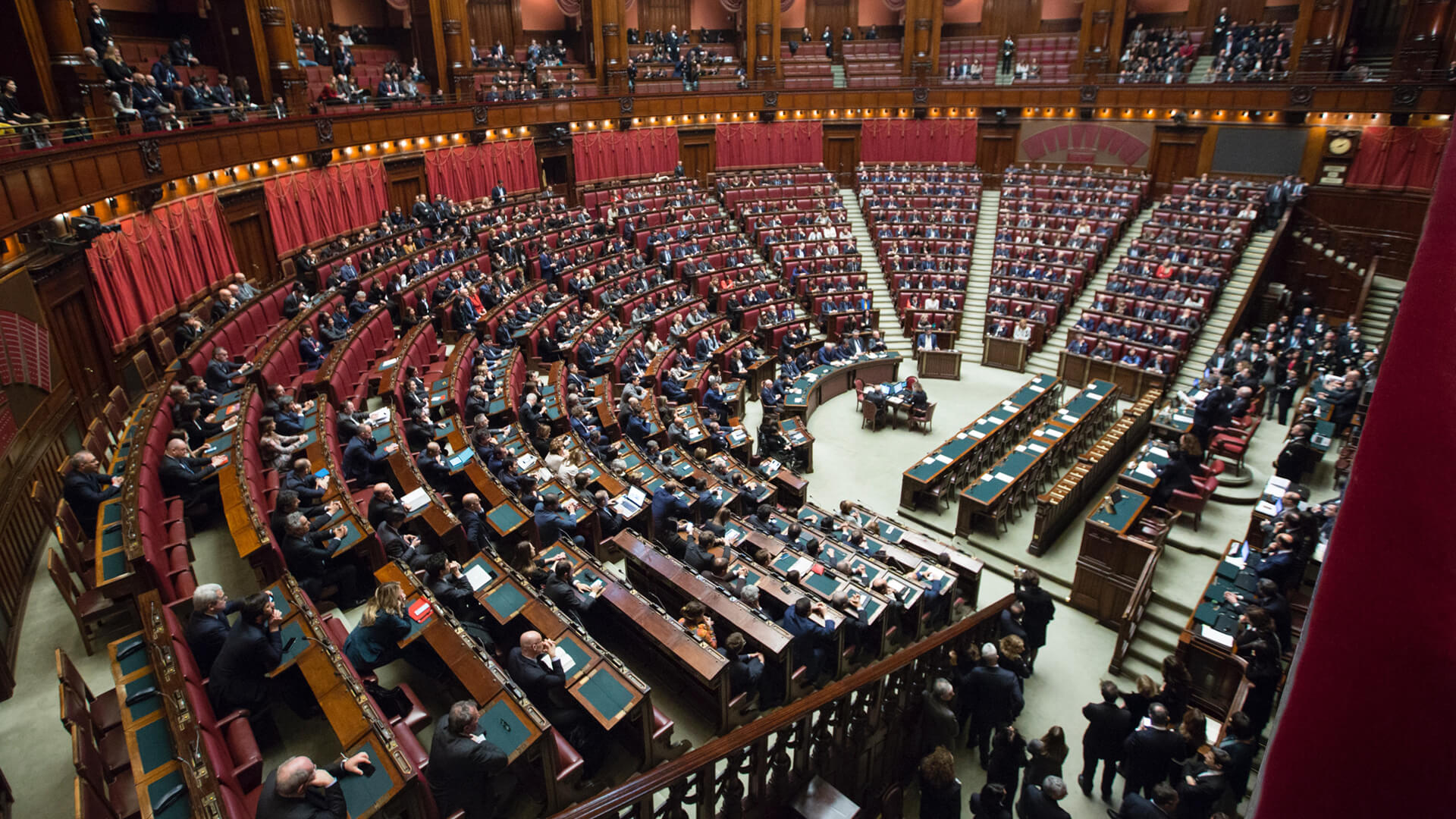See Part 1: From Sears to Google and Part 3: Beyond Democrats and Republicans.
The American political system is in breakdown.
It isn’t a bad thing. It is perfectly normal. Healthy even. Let’s lay it out:
The United States has a first-past-the-post electoral structure based on single-member districts. When you go to the polls, you are being asked to vote for the specific person who will represent the specific geographic area in which you live. In most cases the winner will be the sole representative for said area in whatever representative body is in play. To win that specific seat, the would-be representative does not need a majority of votes, but “only” needs to get one more vote than whoever comes in second.
Applied across a large population and territory, such a system forces a two-party political structure. A party that attempts to cater to a narrow slice of the electorate would never be able to get more than a few percent of the vote, and therefore never gain a majority for any meaningful amount of time. The diversity of the American political and economic base further weakens would-be small parties: voters that make their living on the coal production of Illinois have different interests from those who work in the medical centers of Boston, the data centers of the arid West, the whiskey producers of Kentucky, the aeronautical center of Seattle, the chemicals producers of the Texas shore, the agricultural plains of the Midwest, and the techies of Silicon Valley, just to name a few.
So the question becomes, how do you become a big party that appeals to a lot of voters?
The solution is to put up a big-tent. To form a coalition of different factions that collectively appeal to more people. The trick is to form a coalition wide enough to attract lots of votes, but narrow enough so the factions under your tent don’t fight.
Between 1940 and 2015 the Democrats were pretty good at the first bit. Their coalition combined minorities, unions, Greens, socialists, youth and pro-choice voters. Collectively such groups make an easy majority of the American electorate. But there are many issues that spawn internal conflict. For example, “minorities” includes African-American, Hispanics, gays, and single women – all have radically different concerns, many of which conflict. When the Democrats play the culture war card, their entire coalition tends to implode: the economic concerns of African-Americans differ from the immigration concerns of Hispanics differ from the political concerns of gays differ from the reproductive rights issues of single women.
The Republicans, in contrast, have proven better at the second part of the electoral math: building a cohesive alliance. The Republican coalition comprises evangelical Christians, pro-life voters, national security and fiscal conservatives, business owners, and populists. With the notable exception of the populists, these factions’ core issues do not conflict, and since the populists in many ways define themselves as the anti-Democrats it has proven fairly easy for the rest of the Republican alliance to count upon the populists as a vote bank, without giving them much influence over the Republican electoral platform.
It all went to hell in 2016.
The implosion of the Democratic alliance has been most spectacular. An alliance of white, young, urban liberals and card-carrying socialists who make up (at most) one-fifth of the Democratic voting base threw a social media rebellion. They collectively seized control of the media during the primary process and made a bid to dislodge the Democrats’ mainstream candidate (aka Hillary Clinton) with one of their own (aka Bernie Sanders). As damaging as the fight was for Democratic unity, it was only one piece of the puzzle. African-Americans experienced a sharp breach with the Democratic National Committee over police brutality issues. Jill Stein successfully courted many Green voters to her splinter party.
And of course the Democratic strategic platform has some perennial problems that led to periodic vote collapses. Democrats see themselves as the voice of youth and immigrants. Unfortunately for the Democrats, the most liberal of the youth are too young to vote and as Americans age they become more conservative. Similarly, undocumented immigrants are the most pro-Democrat, but since undocumented immigrants are not citizens they cannot vote. Additionally, second- and third- generation Hispanics are very conservative economically and politically. In essence, the Democrats’ strategy mobilizes non-voters in the current election, who then go on to be the conservative voters of the next election. Perhaps not the best plan.
The Republicans are in a similar state of disarray. There were many things that went wrong for the Republicans in the campaign: campaign finance reform muted the business community, Hillary Clinton was actually somewhat attractive to national security voters, no one running seemed to care about government budget deficits, Trump was kind of a dick, etc.
But it all comes down to the role of the populists. Populists on the right are a mixed bag of folks that in general are very unhappy with some state of affairs. Their issues shift and manifest differently, but ultimately it can be summed up that they believe someone is screwing them and/or the country and they want it to stop. NOW! That typically makes them prickly on issues cherished on the Left – race, changing cultural norms, immigration, government intervention in their economic lives. But it also makes them prickly on issues traditionally owned by the Right – big business, banking, a government that does too little. The rise of social media didn’t simply allow the Bernie Sanders crowd to make an over-sized splash in the political pool, it also enabled the populists of the right to seize control of the Republican primary system and put their man on the ticket.
Trump’s rise to prominence was only possible because of the populist rise, and the populists broadly distrust not just the Left, but other portions of the Republican alliance. The populists’ reliable outrage combined with Trump’s trademark political-wind-detection and volatile personality has largely ejected the fiscal, national security and business factions from the Republican coalition – not to mention the Trump White House. All that is left are the populists and the narrow-issue categories of pro-lifers and Evangelicals.
Trump has figured out that the American political landscape is now so fractured – Democrats, Republicans and centrists all – that this narrow base is sufficient to sustain him in a first-past-the-post system in the short term. While many find Trump’s tweeting and shouting and rambling press conferences shocking and offensive and bewildering, he is not speaking to the “many.” He is speaking to this base, and so long as he keeps speaking to them they will stick with him to Armageddon.
This is obviously not sustainable in the long run, but that doesn’t mean it is not normal. The coalitions that make up the two American parties are not carved in stone. A quick read of American political history indicates this is the fifth time the two parties have broken down. Each time they reform with a different mix of factions. Keep in mind that before these seismic, party-smashing upheavals went down last time in the 1930s and 1940s, the African-Americans were Republicans while business leaders were Democrats. Times change. The parties change with them. But such change hardly happens overnight. Historically speaking, these political interregnums last about a decade. We are barely in year three.
Combine this with other things going on in geopolitical space. The entire basis of America’s Cold War strategy was to induce cooperation among a broad, global alliance of countries to hem in, beat back and in time strangle the life out of the Soviet Union. The Americans did this not simply by providing physical security for their allies, but indirectly subsidizing them with a network of global trade expressly designed to maximize the allies’ advantage to the determent of American economic interests. Faced with such an existential threat, American foreign policy during the Cold War was thoroughly bipartisan. Both parties supported the creation and maintenance of the global Order.
It all worked great and the Americans were able to win the conflict without a war. In the nuclear age that was no small achievement.
But it also means the entirety of what makes the modern world work – global supply chains for shipping, manufactures, finance, agriculture, energy and other raw materials – is an unintended side effect of a security strategy that achieved its goal back in 1989. And since the Americans are the only country capable of maintaining the military and economic structures the global system needs to survive – and because the Americans do not necessarily need those structures themselves – the whole thing is falling into Disorder.
American foreign policy today is mismatched by any possible definition. The global Order has run its course and the Americans have no replacement, leading to strategic drift.
That’s before the breakdown of the bipartisan consensus of American foreign policy.
That’s before the breakdown of both American political parties prevented the Americans from even having a conversation about how they might theoretically move on beyond the Order.
That’s before the rise of the American populists of the Trump coalition accelerated the abandonment of the old Order.
That’s before the factions most interested in the minutiae of foreign affairs – the business and national security conservatives – found themselves both without a party and ejected from being able to influence the White House.
A decade with the Americans out of the picture is ample time for the world to go completely to shit. Much of my work these past few years has been about just that devolution: what a world without America looks like.
But the Americans’ internal political discombobulation will end in time. Their parties will reform. They will have a foreign policy again. In fact, at least one of those parties may already be taking form – raising some possibilities both for the future of American politics and America’s place in the world.









